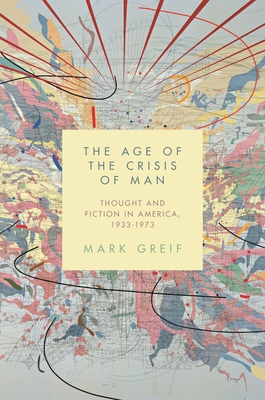
The Global Rules of Art: The Emergence and Divisions of a Cultural World Economy
It is assumed that “thinking globally” is a moral imperative within the humanities. Is it? Among other things, it presumes a neutral space from which to expand one’s geographic purview, as though curators and scholars could stand outside the global game of profit and recognition. In this issue of The Tank, art historians and critics respond to sociologist Larissa Buchholz’s analysis of the global contemporary art field. Do globalizing initiatives really serve artists outside the Global North? Or do they refract neoliberal logics of concentrating capital and expanding markets? Has the global turn transformed our evaluative norms? Or has the very concept of “the global” become just another currency for meting out prestige?











